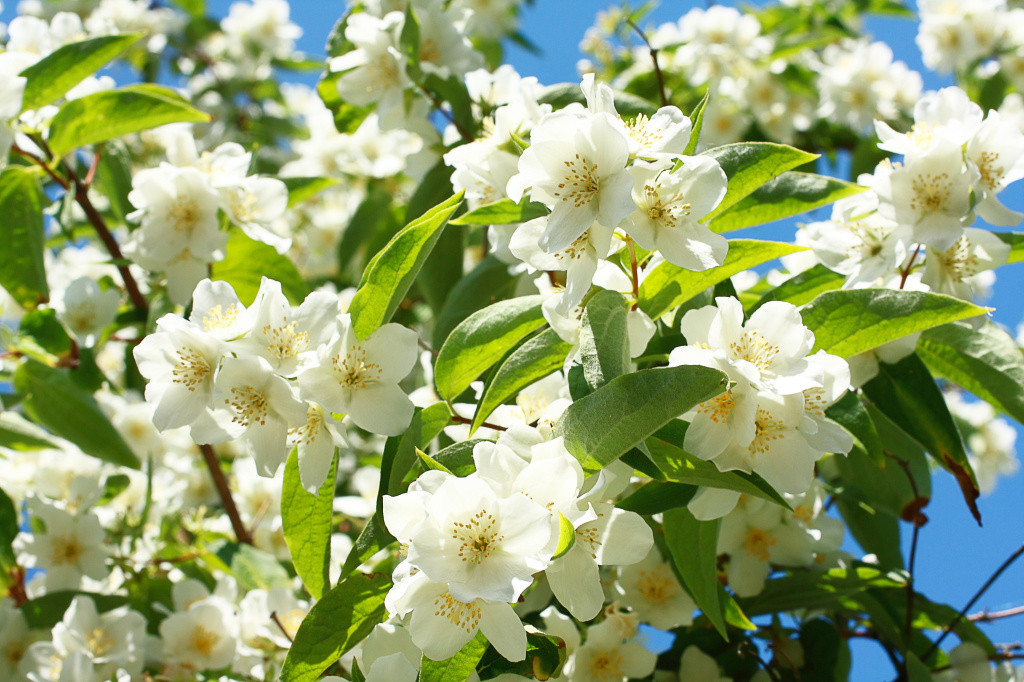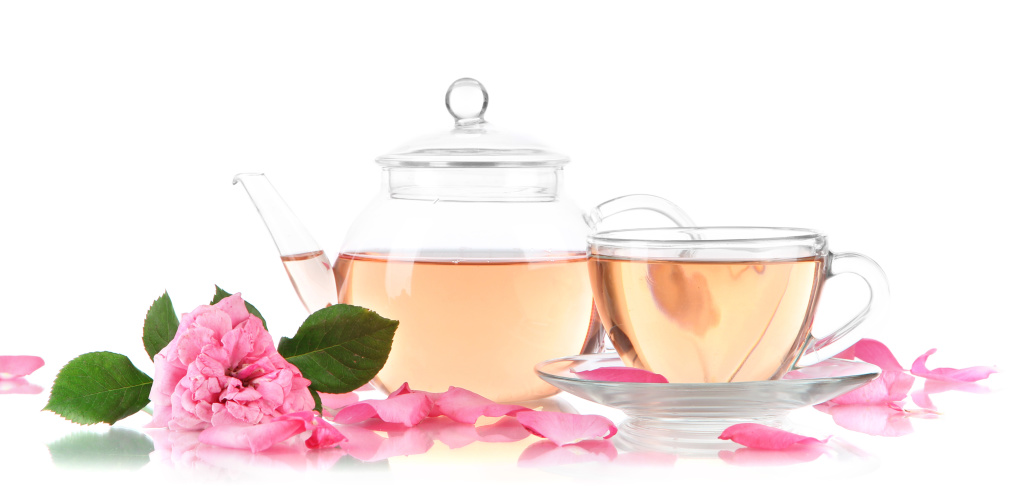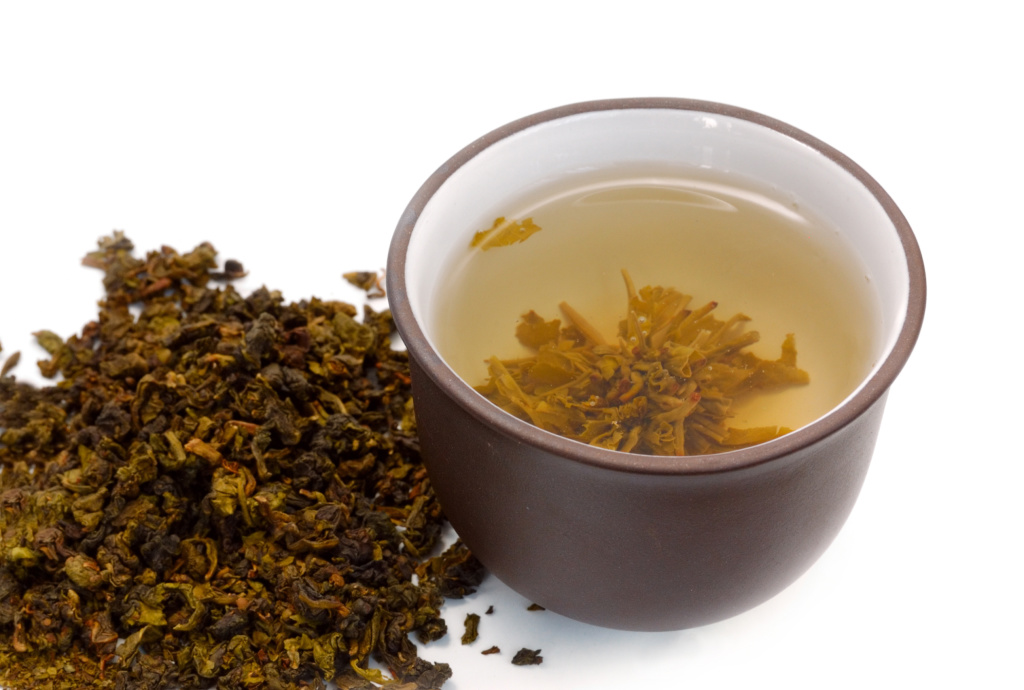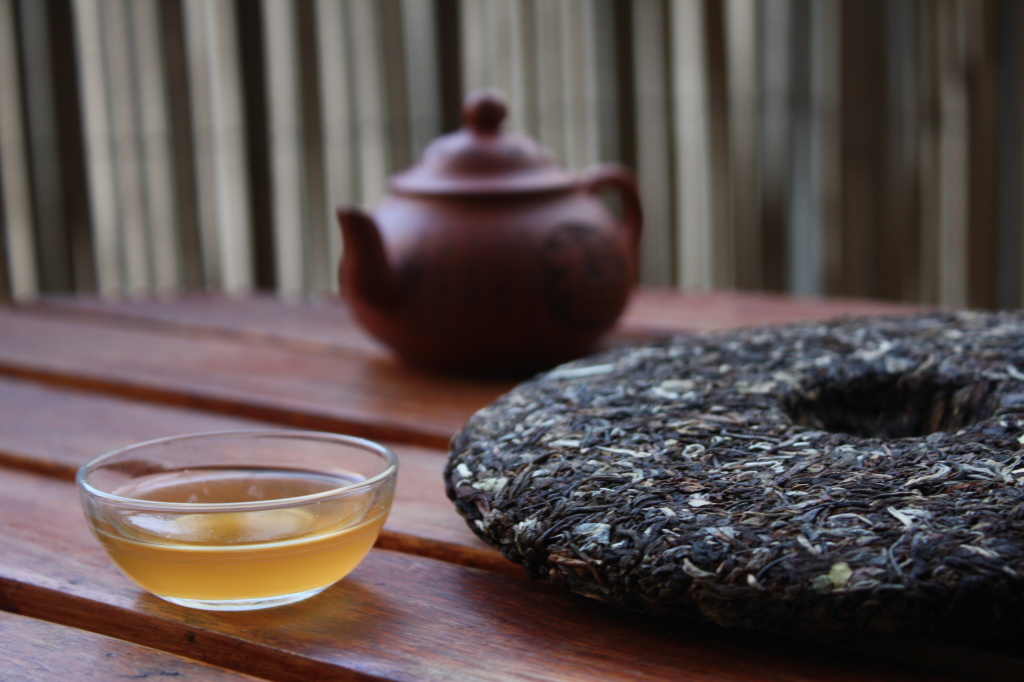Time for Tea
Are you ever overwhelmed when you scan the multitude of tea options sitting on store shelves? With so many choices, which will it be? A rare white, a healthy green, a most popular black, a unique oolong, or maybe even a finely aged-to-perfection pu-erh. These five types of tea have one surprising thing in common—they all come from the same plant . . . the Camellia sinensis.
The Plant
The tea plant is an evergreen bush native to Asia. It thrives in environments with higher altitudes, ample rainfall and humidity, and tropical to subtropical climates. Tea gardens can be found in Argentina, China, India, Japan, Kenya, Russia, Sri Lanka, and Taiwan. In the United States, tea is grown in Hawaii and South Carolina.
Tea plants are grown in rows and kept pruned at a height of two to four feet. They produce beautiful blooms in the fall, but the leaves and buds from the top of the plant are the real prize.
The many varieties of the tea plants seldom resemble one another in appearance.
Geographical location, variety of plant, season picked, and environmental factors play a key role in flavor, but the processing determines how the tea is typed.
The Teas
White tea is considered the rarest of teas. It consists of the most tender part of the tea plant; the buds, or unopened leaves. It is handpicked in early spring and processed by simply harvesting, wilting, and drying. Once brewed, white tea is yellow to orange in color and sweet in flavor.
Many believe green tea is the healthiest of the teas. Its claims include burning fat, lowering blood pressure, and protecting against many illnesses and diseases by boosting the immune system. Green tea acquired its name for its color, which is retained by heating the leaves soon after harvesting. Fruits and herbs are often used to enhance green tea’s grassy-like taste.
Black tea undergoes a technique called oxidation. This process allows oxygen in the air to react with the enzymes in the leaf, turning it dark in color. Oxidized tea leaves are heated to halt this process once the desired level of oxidation is achieved.
There are two methods of processing black tea:
1). Orthodox—Tea leaves are handpicked and gently rolled to induce oxidation.
2). CTC (cut-tear-curl)—Leaves, buds, and stems from the tea plant are gently minced and rolled by machine. This type is most often used in tea bags and is considered a lower grade of tea.
Black tea, a favorite in the U.S.A., has a longer processing time, a stronger taste, and the highest amount of caffeine.
Oolong (wu-long) also undergoes oxidation but not to the extent of black tea. It takes a skillful eye to know when the tea is at the perfect level of oxidation to achieve the unique oolong flavor. Unlike other teas, leaves must undergo a shaking and twisting process. Oolong tea’s flavor is often described as either fruity or floral.
Pu-erh (poo-air) is made from the sun-dried leaves of broadleaf tea varieties. This tea goes through an aging process, allowing it to ferment. This can be done by simply storing the tea and waiting—sometimes for years—or by using an accelerated process similar to composting in a controlled environment. Pu-erh is often compressed and sold in bricks and other shapes but is also available as whole leaf. Its strong, earthy flavor is considered an acquired taste. Like wine, with age comes quality as well as price.
Whether you prefer your tea hot with a bit of cream or iced and sweet with a wedge of lemon, there’s bound to be one to suit your taste. One thing is certain: no matter which type you choose, Camellia is certain to be joining you for tea.
Did you know…….
-
- There is no such thing as a decaffeinated tea plant.
- Orange pekoe is a grading measurement of the tea leaf, not a tea variety.
- Herbal or tisane beverages such as chamomile, rooibos, peppermint, and chai contain dried herbs, fruit, roots, spices, and flowers—but not tea.
- Whole tea leaves are much more flavorful than minced and are considered a higher grade of tea.
- Tea bags most often contain bits, pieces, and dust of tea leaves, buds, and stems.
- White tea has the least caffeine.
- Most teas are grown in China India, Japan, and Sri Lanka.
- Brewing directions differ according to tea type.
By: Laurie Cervantez
Edited by Christian Editing Services
References
Amy Anderson, “Why Is Green Tea So Healthy?” Daily Mail, www.dailymail.co.uk/health/article-196334/Why-green-tea-healthy.html (November 27, 2012).
Julie Edgar, “Health Benefits of Green Tea.” WebMD, www.webmd.com/food-recipes/features/health-benefits-of-green-tea (November 27, 2012).
“Orthodox tea VS CTC tea.” The Teatropolitan Times, www.teatropolitan.wordpress.com/2008/08/26/orthodox-tea-vs-ctc-tea/ (November 27, 2012).






